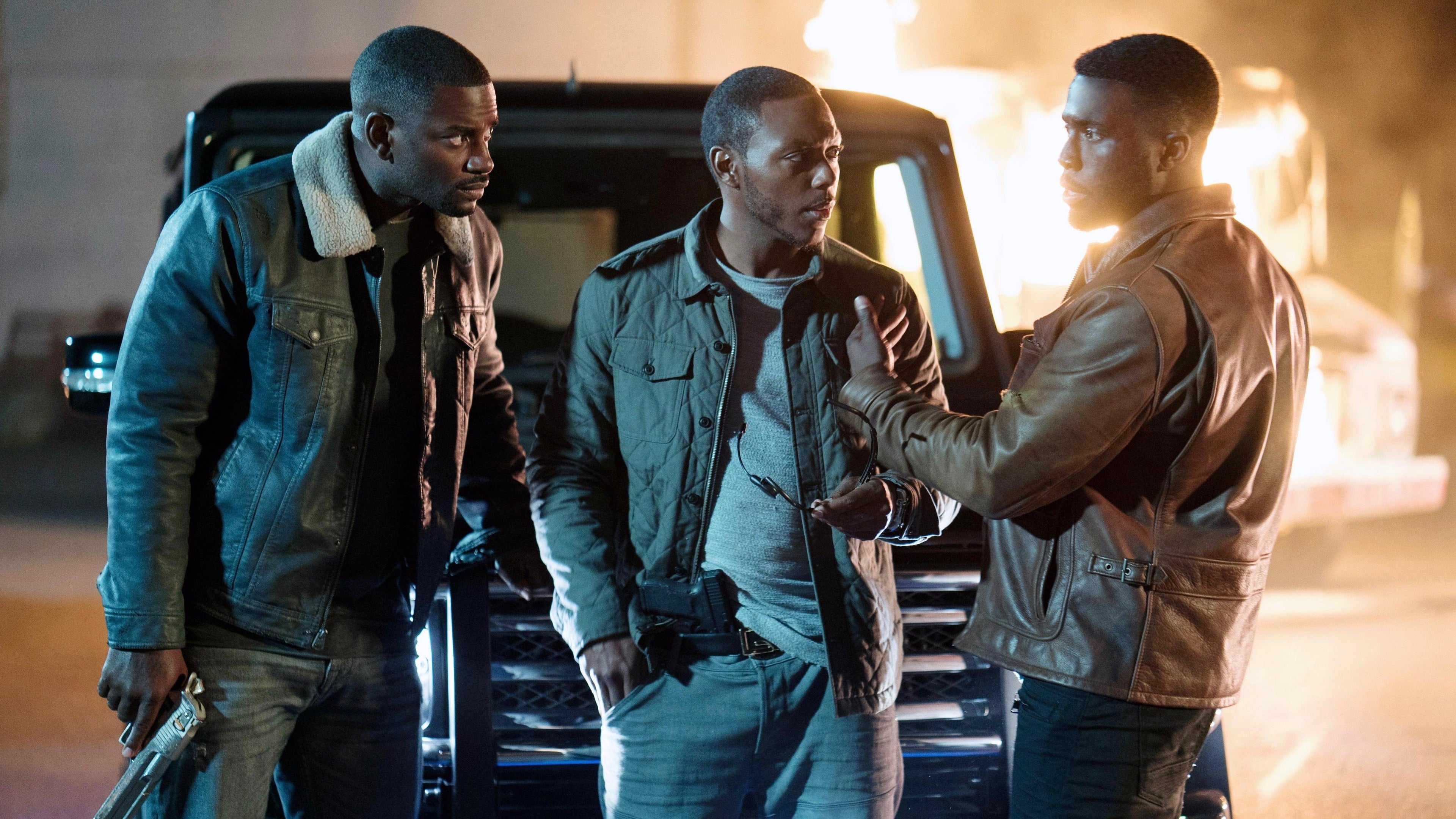

Essentially, what happens is that those who need the money stay and those that can afford to say no to the stipend flee the island for safety.

Those who choose to participate in “purging” themselves of the desires to commit crimes or even those who simply wish to go out and see what others are choosing to do are given special contact lenses that record what they are seeing. Preying upon the poverty of many on the island, notably many people of color, the government gives stipends to those who stay home on the island for the event. The choice to place the pilot site in an area populated greatly by minorities is clearly worthy of note, as is the way they coax people into staying on the island and/or participating. However, the powers that be are ready to roll and, ultimately, choose Staten Island, NYC as the pilot site for the this social experiment. The good doctor is not without trepidation on the idea’s ethics and the slippery slope that could be in effect. Updale (Marisa Tomei) has constructed this grand idea that allows all crime for a short period of time in order to allow people to get it out of their systems and be more obedient year round. In this film, a social scientist named Dr. This film transports us to the early days of the New Founding Fathers, before The Purge has been instituted. The setup itself is worthy of serious discussion. The story itself is undeniably a powerful narrative in today’s climate. While there remains fair and pointed criticism at Jason Blum and his production house for a lack of female voices in their ranks, it is important to note it was the right choice that this film that deals very much with race was directed by a filmmaker of color. However, the decision to choose a young, up-and-coming Black voice to direct feels like a very deliberate and important choice. While he wrote and produced, he said he felt like he couldn’t bear to be as involved in the actual production due to the excessive violence, notably the gun violence. This decision for DeMonaco to step out of the director’s chair was said to be because he couldn’t live as immersed in this violent world he’d created any longer at this point. Instead, he and Blumhouse brought in young director Gerard McMurray, a Black filmmaker who was a producer on Fruitvale Station and had just written and directed Netflix’s Burning Sands, a film about fraternity hazing at a historically Black university.
THE FIRST PURGE SERIES
However, the 2018 entry, a prequel to the rest of the series entitled The First Purge, would explicitly tie the class warfare introduced in the rest of the series to a distinct understanding of the American stratification of gender, race, and class - highlighting the racism and supremacist beliefs of the political party in power in this series, the “New Founding Fathers”.īefore diving into the story itself, it feels important to note this is the first film in the series that creator James DeMonaco did not direct himself. 2016’s The Purge: Election Year ramped up both the politics and the torture, as well as introduced future Trump campaign tagline “Keep America Great” on its poster. The 2014 action horror film was both a vehicle for under appreciated action hero Frank Grillo and a grander sociopolitical understanding for what “The Purge” itself truly was about.

The series had political and social implications from the start, but those implications became more explicit with the follow-up - The Purge: Anarchy - and continued to expand from there. Blumhouse and James DeMonaco couldn’t have known the powerful and lasting effect the Purge films would have when they put out the 2013 home invasion thriller starring Ethan Hawke and Lena Headey.


 0 kommentar(er)
0 kommentar(er)
